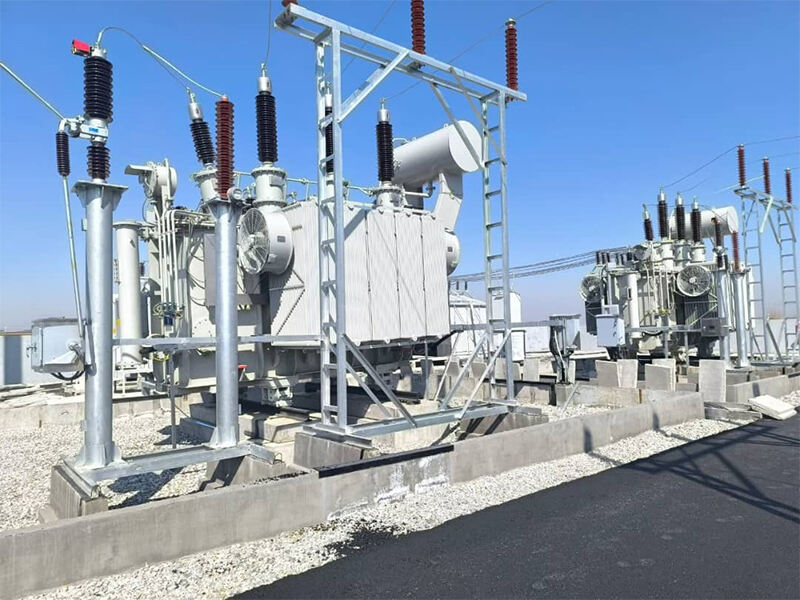Uzbekistan, as an important energy hub country in Central Asia, is undergoing modernization transformation and integration of renewable energy in its power system. To meet the demands of power grid upgrading, industrial development and regional interconnection, the technical requirements for power transformers in Ukraine cover the following aspects.

Gost-uz certification: It must comply with the national standards of Uzbekistan (optimized based on the GOST system of the former Soviet Union), covering insulation performance, mechanical strength and safety specifications.
The Central Asia Unified Power System (UPS) Specification: It needs to be compatible with the voltage level (such as 220kV, 500kV), frequency (50Hz) and interconnection interface requirements of the regional power grid.
It is recommended to comply with international standards such as IEC 60076 (General Standard for Power Transformers) and IEEE C57 (Energy Efficiency and Reliability) to support cross-border projects (such as CASA-1000 transmission projects).
High temperature and sand and dust: It must withstand a high temperature of 50°C in summer and sandstorms in desert areas (protection grade IP54/IP65), and use high-temperature resistant insulating materials (such as H-class) and a fully sealed structure.
Low-temperature operation: It can adapt to the low temperature of -20°C in winter. The material of the box body should be resistant to low-temperature brittleness (such as low-temperature steel), and the interior should be equipped with an anti-condensation coating.
Projects in earthquake-active areas (such as the Fergana Basin) need to pass the seismic certification of IEC 60076-11 and withstand earthquakes with an intensity of more than magnitude 8 (with an acceleration of 0.3g).
The no-load loss should be lower than the threshold set by Ukraine's "2023-2030 Energy Efficiency Improvement Plan" (for example, the no-load loss of a 1000kVA transformer should be ≤1200W), and amorphous alloys or laser-engraved silicon steel sheets should be given priority.
The load loss needs to comply with the energy-saving grade of IEC 60076-14 (such as Class A energy efficiency).
Encourage the use of natural ester insulating oil or high flash point β oil (flash point >300°C) to reduce the risk of fire and environmental pollution.
It complies with the carbon footprint requirements of Ukraine's "Green Economic Transformation Strategy" and supports ESG (Environmental, Social, and Governance) investment standards.
It supports the fluctuating input of photovoltaic and wind power, and needs to be equipped with a wide voltage regulation range (±10%) and harmonic suppression function (THD<3%).
Adapt to the interface of energy storage systems, such as the "Integrated photovoltaic and energy storage" project in the Gulbank Solar Park.
Integrate the online monitoring system (DGA, oil temperature, partial discharge monitoring), and the data must be compatible with the SCADA platform of the National Dispatch Center (NCC) of Ukraine.
Support remote fault diagnosis and predictive maintenance to reduce operation and maintenance costs.
Transformers in industrial zones (such as the Navoi Free Economic Zone) need to have short-term overload capacity (120%-150% of the rated load) and be adaptable to impact loads from electric arc furnaces, rolling mills, etc.
Uzbekistan's requirements for power transformers revolve around high efficiency and energy conservation, environmental adaptability, intelligence and localized services, while also meeting the special needs of regional interconnection and industrial loads. Enterprises need to pass the GOST-Uz certification, carry out local production and customize technologies before they can deeply participate in the power grid upgrade and energy transition projects in Ukraine.